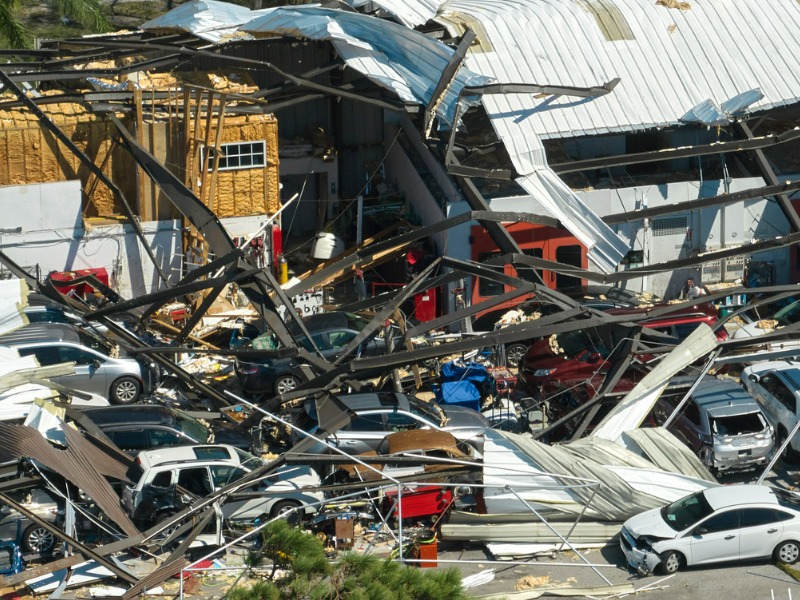How trade agreements could change claims adjusting in Canada

When a NatCat occurs in Canada, it’s common for U.S. adjusters to be on the scene — sometimes before Canadian adjusters, who are bound by provincial licensing restrictions.
And while processes for getting either country’s adjusters on the scene are complicated, Canadian adjusters are now benefitting from technology and following U.S. adjusting processes more closely.
But there’s still room for improvement.
It can be easier to mobilize adjusters between countries than in their respective countries thanks to the Agreement between the United States of America, the United Mexican States and Canada (USMCA), which replaced the North American Free Trade Agreement in 2020, said David Repinski, CEO at CRU Group.
The agreement is designed to reduce trade barriers among the three countries and makes it easier for Canadian insurers to bring in U.S. claims adjusters.
“Under the right circumstances, we have the ability to move Americans into Canada and Canadians into America,” he said. “But we face our own issues within our respective countries around being able to mobilize people.”
About two thirds of U.S. states have individual licenses, but reciprocal agreements often allow them to move across certain state lines. “Some of that extends into Canada, too, where somebody with an all-lines, Texas license can work in Alberta, for example,” Repinski said
Plus, U.S. adjusters often act as appraisers, allowing them to get in and out of a claim scene quicker than Canadian adjusters, who typically handle the claim from beginning to end, said Janak Lally, president of the Canadian Independent Adjusters Association.
“The adjusting model in the U.S. is different than adjusting in Canada. In the U.S., a lot of insurers just want the adjuster to go out there and scope it, estimate it, and that’s it — and basically offer a settlement cheque,” he said. “We’re more hands-on in the claims process, so it takes longer for an adjuster to handle that claim.”
Plus, a typical U.S. adjuster often handles a larger volume of claims per year than a Canadian adjuster, meaning they have more direct experience.
“There are times when we have to rely on our friends south of the border when capacity is maxed out,” said Lally. “They handle these types of claims on a regular basis, because in the U.S. the magnitude of Cats is quite significant.”
But Canadian adjusters are gradually learning the craft of appraising, scoping and estimating with the hope of doing a quicker and higher volume of claims, per the request of their insurers.
“Because the insurers are changing the way they’re adjusting, we’re becoming more similar to the U.S. model,” noted Lally.
Technology is also enabling speedier outputs from Canadian adjusters once they’re on the scene. And a federal license in Canada would ease mobility processes even further, Repinski suggested.
Some jurisdictions offer temporary licenses during NatCats, Lally observed, which has helped ease capacity issues when there’s a confluence of disasters. For example, 2022 saw at least 10 events qualify as Cats ($30 million or more in insured damages), according to Insurance Bureau of Canada and CatIQ figures.
“It’s becoming easier with different provincial jurisdictions’ licensing departments, which offer temporary licenses [when there’s a Cat],” he said. “But the insurance councils are understanding that they have to be a bit more lenient in terms of granting access or temporary licensing, to make sure the insured’s claims are being adjusted or being handled.”
This story is excerpted from one that appeared in the May print edition of Canadian Underwriter. Feature image by iStock.com/Bilanol







